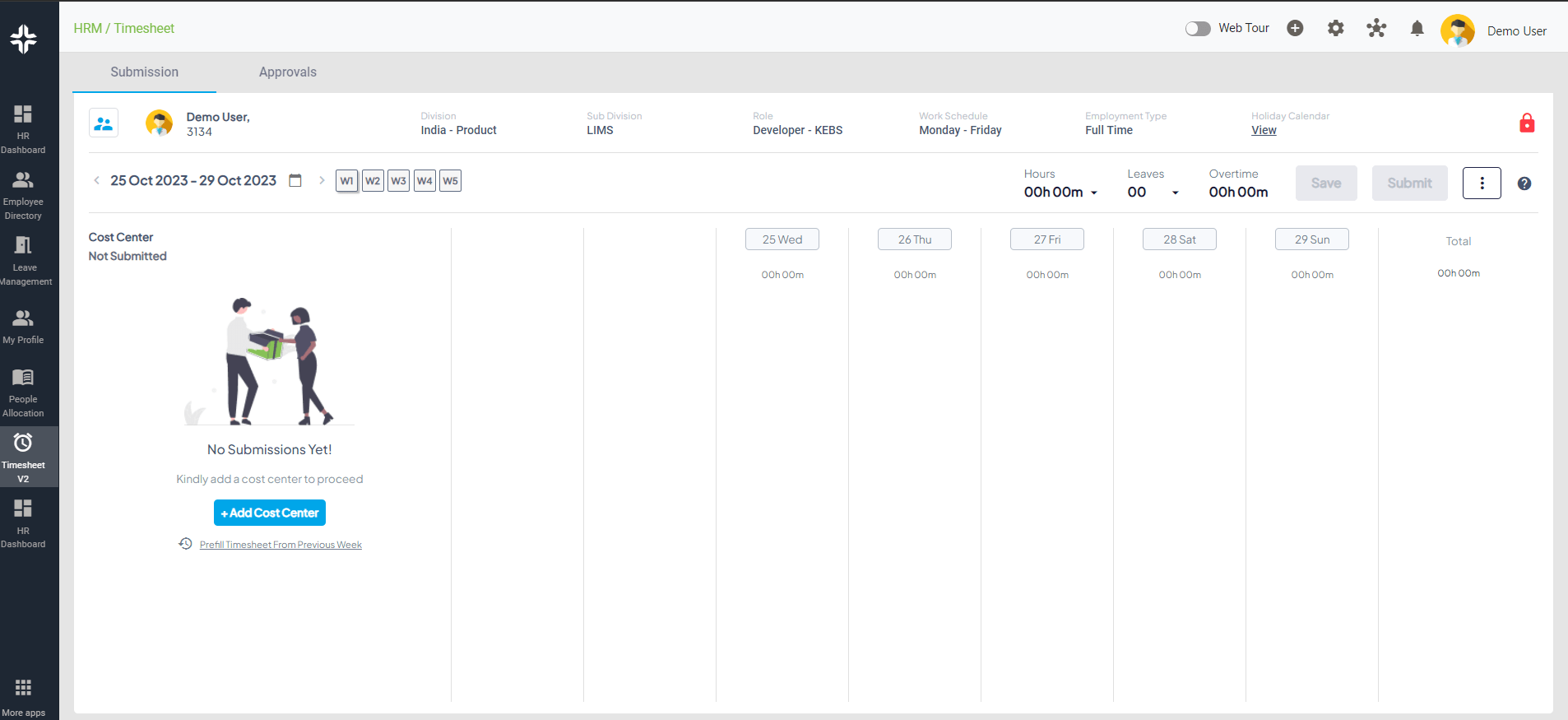Home » PSApedia
Employee Billability Rate
Measure Employee Billability Rate for Informed Resource Management. Optimize Workforce Productivity and Boost ROI.

What is Employee Billability Rate?
Employee Billability Rate refers to the percentage of an employee’s working hours that can be billed to a client. It’s a crucial metric in the Professional Service Automation (PSA) domain, as it directly impacts the revenue of service-based businesses. The higher the billability rate, the more revenue an employee generates for the company.
Employee billability rate is the percentage of an employee’s time that is spent on billable work. Billable work is any work that can be billed to clients, such as project work, consulting, and training. Non-billable work includes activities such as administrative tasks, internal meetings, and professional development.
Importance of Employee Billability Rate
Importance of Employee Billability Rate
1. Profitability: Employee billability rate is a key determinant of a firm’s profitability. The higher the billability rate, the more revenue the firm can generate. This is because billable hours are the only hours that can be used to offset the costs of running the business.
2. Resource utilization: Employee billability rate is also a measure of how well the firm is utilizing its resources. A high billability rate indicates that the firm is able to keep its employees busy on productive work. This can lead to higher productivity and efficiency.
3. Capacity planning: Employee billability rate data can be used to help the firm with capacity planning. By tracking billability rates over time, the firm can identify trends and patterns. This information can then be used to forecast future demand and ensure that the firm has the necessary resources in place to meet that demand.

Why Employee Billability Rate is so important?
Calculating Employee Billability Rate
To calculate the Employee Billability Rate, use the following formula:
Employee Billability Rate = (Billable Hours/Total Working Hours) × 100
Example:
Let’s say an employee works 40 hours a week and spends 32 hours on billable tasks. Using the formula:
Billability Rate=(32/40)×100=80%
This means the employee’s billability rate is 80%.
Employee Billability Rate vs Other Metrics
Understanding these differences is crucial for efficient project financial management. While the billability rate is essential, it’s crucial to differentiate it from other related metrics:
1. Utilization Rate: This metric indicates how busy an employee is, regardless of whether the tasks are billable or not. It’s the ratio of total working hours to available hours.
2. Productivity Rate: This measures the output of an employee. A high billability rate doesn’t always mean high productivity. An employee might be billing more hours but producing less output.
| Term | Definition |
|---|---|
| Employee Billability Rate | The percentage of an employee’s working hours spent on billable client projects or tasks. It is calculated as (Billable Hours / Total Working Hours) * 100%. |
| Importance | High, as it directly affects a company’s revenue and profitability. A higher billability rate indicates better resource utilization. |
| Calculation | Billable Hours / Total Working Hours * 100% |
| Factors Affecting Rate | Project availability, employee skills, project scope, resource allocation, and non-billable activities (training, administrative tasks). |
How Employee Billability Rate is Used?
The billability rate is used in various ways:
1. Forecasting Revenue: By analyzing the billability rate, companies can forecast potential revenue.
2. Employee Evaluations: It can be a factor in performance reviews, bonuses, and promotions.
3. Operational Adjustments: If a department or team has a consistently low billability rate, it might indicate a need for training or process adjustments.
For businesses using PSA software, the billability rate becomes even more critical as it directly ties into other modules like finance and resource management.
Ready to Optimize Your Employee Billability Rate?
KEBS, a leading PSA software, offers tools to help businesses optimize their billability rate:
With KEBS timesheets, businesses can accurately track billable hours, ensuring no revenue is lost. KEBS provides insights into resource allocation, helping managers assign tasks efficiently and improve the billability rate. Through KEBS, businesses can generate reports on billability rates, identifying trends and areas for improvement.

KEBS Timesheet
Ready to optimize your Employee Billability Rate? Contact KEBS today or request a demo to see how KEBS can transform your business operations.



